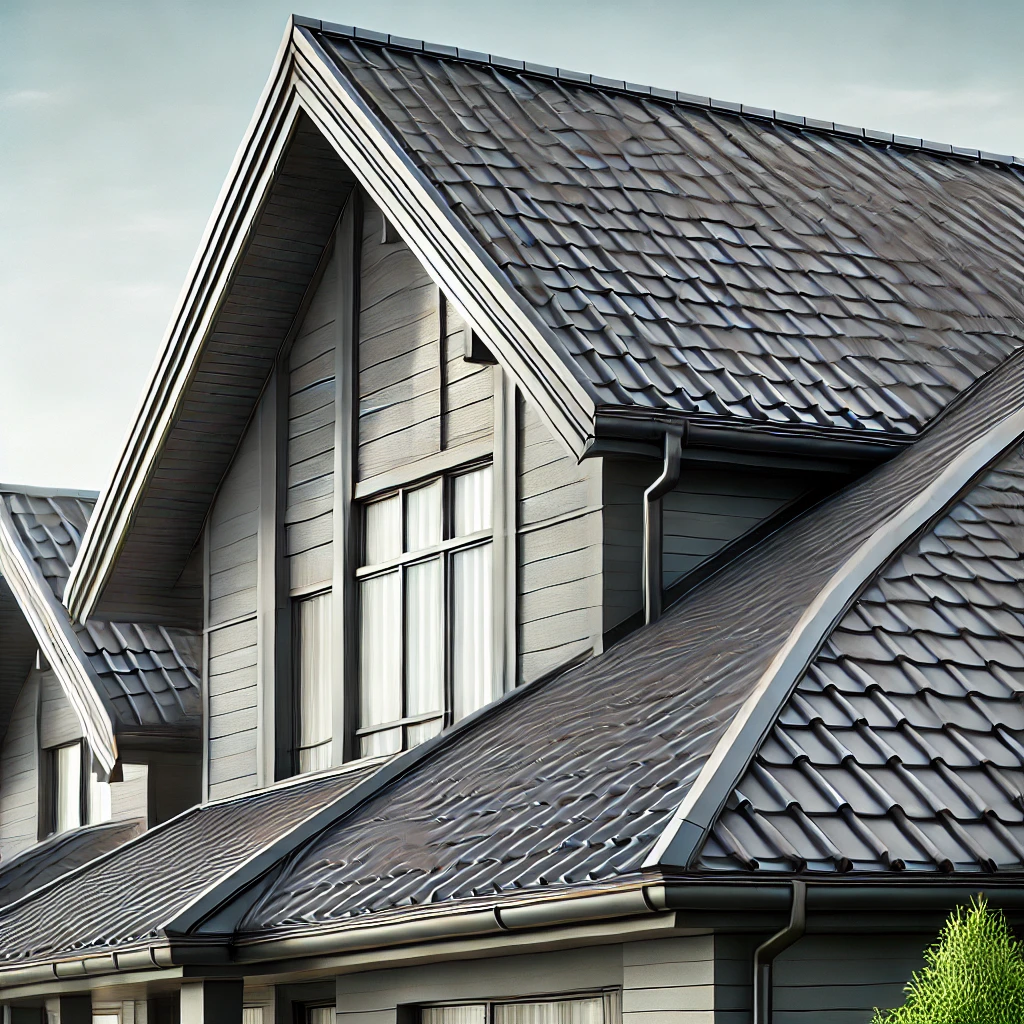When considering home insulation, many homeowners focus on the obvious elements like walls, windows, and roofing. However, siding plays a critical role in insulating your home and improving its energy efficiency. Siding not only enhances the exterior appearance of your house but also acts as a protective barrier that helps regulate indoor temperatures, reduces energy costs, and improves overall comfort. In this article, we’ll explore the role of siding in home insulation and how it contributes to a more energy-efficient and comfortable living environment.
1. Siding as a Protective Layer
Siding serves as the outermost layer of your home’s envelope, shielding it from external elements like wind, rain, snow, and extreme temperatures. This protective layer prevents moisture infiltration, which is crucial for maintaining the integrity of your home’s structure. When moisture enters your home, it can lead to mold growth, wood rot, and other issues that compromise insulation and increase energy loss. High-quality siding acts as a barrier that keeps moisture out, ensuring that your home remains dry and well-insulated.
2. Thermal Bridging and Siding
Thermal bridging occurs when heat is transferred through the building materials, such as studs and beams, that connect the interior and exterior of a home. This can lead to significant heat loss and reduced energy efficiency. Siding helps minimize thermal bridging by adding an extra layer of insulation between the exterior elements and the interior living space. Insulated siding, in particular, is designed to reduce heat transfer, making your home more energy-efficient and reducing the workload on your heating and cooling systems.
3. Insulated Siding: A Game Changer
One of the most effective ways to improve your home’s insulation is by installing insulated siding. Insulated siding features a layer of foam insulation that is fused to the back of the siding panels. This additional insulation provides a continuous thermal barrier, reducing heat loss in the winter and heat gain in the summer. Insulated siding also helps eliminate drafts and cold spots, creating a more consistent indoor temperature and improving overall comfort.
The benefits of insulated siding include:
- Improved Energy Efficiency: By reducing heat transfer, insulated siding lowers your energy consumption, leading to lower heating and cooling bills.
- Enhanced Comfort: Insulated siding helps maintain a stable indoor temperature, reducing the need for constant thermostat adjustments.
- Increased Durability: The foam insulation adds structural support to the siding panels, making them more resistant to impact and weather damage.
4. The Role of Vapor Barriers
In addition to insulated siding, the use of vapor barriers plays a crucial role in home insulation. Vapor barriers are materials installed beneath the siding that prevent moisture from passing through the walls. When moisture penetrates the walls, it can lead to condensation, which reduces the effectiveness of insulation and promotes mold growth. A properly installed vapor barrier, combined with high-quality siding, ensures that your home remains dry and well-insulated, maximizing energy efficiency.
5. Siding and Air Infiltration
Air infiltration occurs when outside air enters your home through gaps, cracks, and seams in the building envelope. This can lead to drafts, uneven temperatures, and increased energy consumption as your heating and cooling systems work harder to maintain a comfortable indoor climate. Siding plays a vital role in reducing air infiltration by sealing these gaps and providing a continuous barrier against the elements. Insulated siding, in particular, is designed to fit tightly against the wall, reducing the potential for air leaks and improving overall energy efficiency.
6. Siding Material Choices and Insulation
The material you choose for your siding can significantly impact your home’s insulation. Different siding materials offer varying levels of insulation, with some providing better thermal performance than others. Here’s a look at some common siding materials and their insulating properties:
- Vinyl Siding: While standard vinyl siding does not offer much insulation on its own, it can be paired with foam insulation to improve its thermal performance. Insulated vinyl siding is a popular choice for homeowners looking to enhance energy efficiency without sacrificing aesthetics.
- Wood Siding: Wood siding provides natural insulation and is an excellent choice for those seeking a traditional look. However, wood requires regular maintenance to prevent moisture damage, which can affect its insulating properties.
- Fiber Cement Siding: Fiber cement siding is durable and resistant to weather and pests, but it does not offer much insulation on its own. Adding a layer of insulation beneath the siding can improve its thermal performance.
- Metal Siding: Metal siding, such as aluminum or steel, is highly durable but offers little insulation. Insulated metal siding panels are available, which include a layer of foam insulation to enhance energy efficiency.
7. Environmental Impact and Siding Choices
Choosing the right siding material can also have environmental benefits. Insulated siding not only improves energy efficiency but also reduces the environmental impact of your home by lowering your overall energy consumption. Additionally, some siding materials are made from recycled or sustainable resources, further reducing your home’s carbon footprint. When selecting siding, consider the long-term environmental impact and choose materials that contribute to energy efficiency and sustainability.


